Bread is defined as flour and water mixed together, often with yeast, and baked. It often has other ingredients in it, but at its core, bread is just flour and water.
This simplicity is what makes it such a universal food. Bread is easy to make. It can be baked in a variety of ovens, in a pan, or even just tossed in the ashes of cooling fire. Bread can be altered in many ways to add the local flare to it.
Bread can be found in every culture around the world. It is the true universal food. Some breads may not look the same as what you expect bread to look like though. Many do not have bread in a loaf, it might be in a bun, or a flat bread, or some other form.
In fact, I have a list here of bread from every continent. In all of my research, I am yet to find a culture that does not have bread of some sort. Even hunter/gatherer societies have breads.
A continent is a huge place, so I can not possibly list all the breads, or even a good representation of them, without an encyclopedia sized website (I might get there, eventually). So I will be painting in very broad strokes.
Bread from Africa

Every continent has different breads. Some have similarities, some seem completely unique to that region. Like in other continents, Africa has breads of so many different varieties, such as the Ethiopian Dabo, the Moroccan Krachel, the South African Roosterkoek, and the Nigerian Agege. With 54 countries, I can’t mention all African countries here, but perhaps I’ll do that in the future.
In the Northeast of Africa, we have the Ethiopian Dabo which translates variously to wheat bread or just simply leavened bread. Most dabo has wheat in it, but apparently it can be made with barley or other flours as well. My favorite Dabo is yemarina yewotet dabo or in English, honey and milk bread. The recipe that I use is here. In my research I also found this variation that I’ve never used that bakes the bread in banana leaves. I bake mine in a dutch oven, because that is what I have.
In Northwest of Africa, Krachel are a brioche-like roll famed in Moroccan cooking. These rolls have sesame seeds, anise, and orange flower water in the dough making them fragrant and flavorful. These snack sized rolls are great to have at tea time and can be eaten plain, or with a topping like butter, jam, cheese, or a number of other yummies. Taste of Maroc has a recipe here.
In the far south the Roosterkoek is a South African roll. Literally translated as “grill cakes” these are balls of dough that are cooked on the grates of your grill for the bar-b-que. The recipe is not much different than many other rolls from various places, but what makes these unique is that they are grilled on a BBQ grill, or as they call them in South Africa, a braai. Cook Sister has a recipe here.
In the center of Africa, Nigeria has the Agege. Named after the suburb in Lagos, Nigeria where this bread came from, Agege is the white sandwich bread. When made in the factories, this bread uses chemical additives that many people do not want, and that you can’t easily buy for your home anyway. Here is a recipe from Nigerian Food TV where the writer recalls that their father used the chemicals in his bakery, but the author uses tangzhoung instead, which is natural and serves the same purpose.
Bread from Antarctica
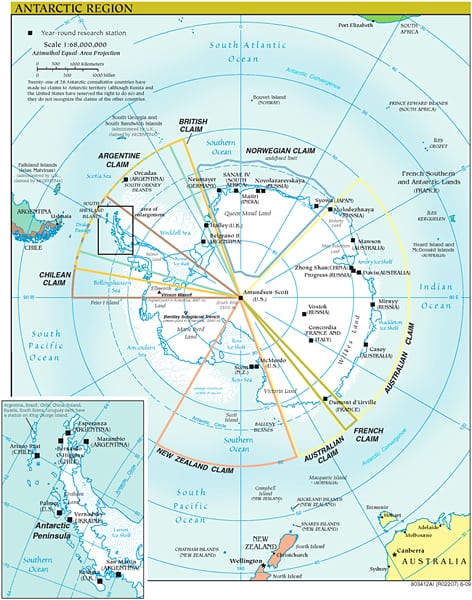
While there is not really a cuisine in Antarctica, there are certain foods that are more common in this harsh climate. One standard fair is something they call a Sledging Biscuit. These biscuits can last for many years, are high in calories, and can keep you going when you are working hard in a very cold climate.
Here is a recollection and recipe from someone who spent time in Antarctica. There is even a lesson plan, if you’re a teacher.
Bread from Asia
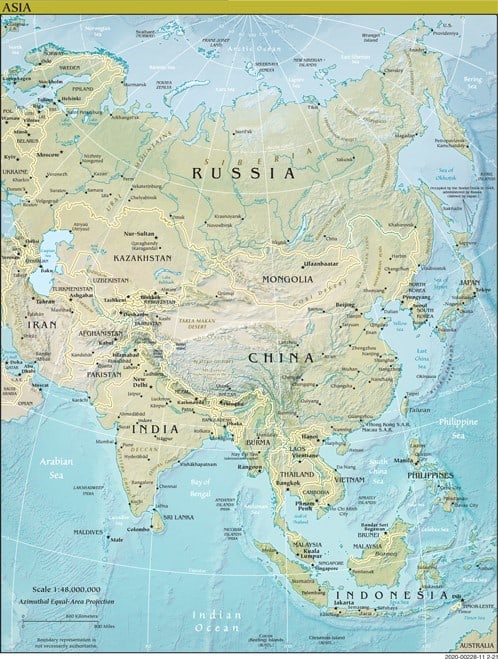
In the south and east of Asia using a tandoori oven is common practice. This oven is a clay cylinder with this insulation. A fire is lit in the bottom of the oven and it is heated to high temperatures. The bread is then baked on the sides of the oven and generally baked quickly. Here is an article I wrote for more information on tandoori ovens.
To the east steamed buns are a more common form of bread, but not the only form. Some say that China has noodles, but no bread. This is inaccurate. Bread abounds in homes, and with street vendors throughout Asia. Here is an article I wrote all about breads of China.
Breads in Asia are so varied, even within a single local, that all we can do is an overview. The balep of Tibet, naan of India, pide of Turkey, and roti gambang or Indonesia are just four examples.
High in the Trans Himalayas Tibet lies. It is an Autonomous Region of China. Meaning, it is part of China, but the Chinese government allows them some autonomy. Balep is the most common bread of Tibet. It is a flatbread that cab be baked, pan-cooked, fried, eaten plain, or filled with a number of ingredients. I plan on writing an article just on the variety of Balep available. For now, here is Fem Tech On-line’s recipe for balep korkun, one variety of balep.
One of the most famous Asian breads is the naan of India. This simple flatbread is served in Indian restaurants all over America and the world. Naan is a simple and delicious flatbread that is often used as a trencher to hold other foods, or soak up the liquids. Traditionally made in a tandoori, but since most do not have one, you can cook it in a skillet, or the oven. I like to use a cast iron skillet. Here is a recipe from Once Upon a Chef.
On the far west side of Asia in what the Eurocentric Society call the Near East we have Turkey. Pide is a Turkish flatbread that is filled much like a pizza. In fact, some call it “Turkish Pizza”. Properly made they look more like boats filled with yumminess than they do the flat pizza you may be used to seeing. Recipe Tin Eats has a recipe with three options for toppings. Spinach, sausage, or lamb.
On an Island just south of mainland Asia is Indonesia. One of the traditional breads of Indonesia is Roti Gambang. Roti means bread, and this bread also called “Old Dutch Breakfast” was originally a dish the Dutch colonists made, it is now a common dish to have with breakfast, lunch or dinner. This dark bread has cinnamon, vanilla and sesame seeds in it to give it extra flavor. It usually uses palm sugar. Here is a recipe from Indonesian Cooking 101.
Bread from Australia
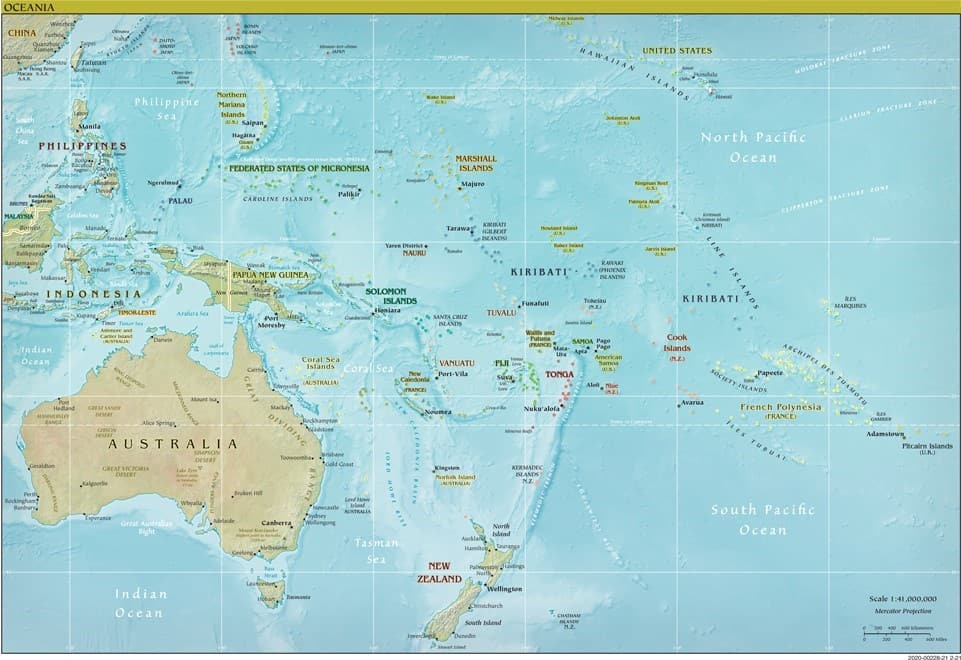
This is a small continent, but there is still some variety to be found here.
Bush Bread is an Aboriginal Australian bread made after the grains, roots, nuts, and more are gathered. They are then ground by hand into a flour. One common seed that used to be used was the seed of kangaroo grass. This would have been worked with flour into a dough, and then cooked directly on hot coals. While not an authentic recipe, I did find one on Food.com that uses all purpose flour.
Takaku Bread is a popular bread that started in Australia’s neighbor, New Zealand. Also called Maori Bread, this bread typically is just flour and water that is mixed and baked with no leavening agents. I was not able to find a recipe for this that even pretended to be authentic as people prefer some sort of leavening in their bread, such as this recipe with baking powder in it.
Boston Bun with mashed potato as a filler ingredient, originally used to save money, this bun is moist and fluffy. Often topped with buttercream frosting and coconut, and served with both pink and white frosting. Some say that this is more cake than bread, but being sisters, I don’t think it really matters. This is a delicious sweet bread. Baking Envy has a great recipe here.
A Puftaloon is a fried scone. This quick bread is often known as Johnny Cakes, not to be confused with the cornmeal pancakes of North America also called Johnny Cakes. Good Food Australia has a good recipe.
Bread from Europe
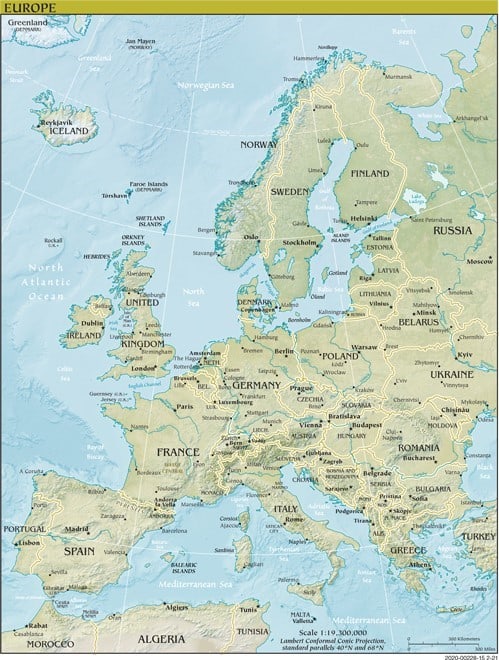
While being the smallest continent, Europe has some of the greatest diversity. With many small countries, each with their own, and sometimes with many different cultures, Europe is an extremely diverse place, crammed into a small place. Ukrainian Paska, Portuguese Bolo do Caco, Norwegian Sunnmørsbrød, and the Greek Horiatiko Psomi are just 4 of the huge variety of breads to be found here.
Paska means Easter in Ukrainian. This is a typical religious bread common among the Ukrainian and Slovak peoples to serve on Easter. Traditionally you would put this bread in a basket with other foods to bring to church on Easter Sunday. Don’t confuse Paska bread with the cheese dessert with the same name. The Spruce Eats shares a recipe here.
Bolo do caco is a flat circular roll made with flour and sweet potato. It is risen with yeast and baked on a hot surface such as a pan. This bread is one of the most common breads found in the Portuguese autonomous region of Madeira, 600 miles off the coast of Portugal in the Atlantic Ocean. Here is a recipe from 196 Flavors.
In Norway, one bread is Sunnmørsbrød. Meaning bread (brød) of Sunnmøre this bread is named after the southernmost district of Norway, where it is from. Sunnmørsbrød is a rustic loaf, made with wheat and rye flour. Many breads of the north of Europe use rye, making them distinct from the rest of the world. Here is a recipe from Arctic Grub.
Meaning Village Bread, Horiatiko Psomi is another rustic loaf, this one from Greece. It is supposedly a simple recipe for even the novice bread maker. The inclusion of olive oil gives this a Mediterranean taste. My Greek Dish has a great recipe here.
Bread from North America
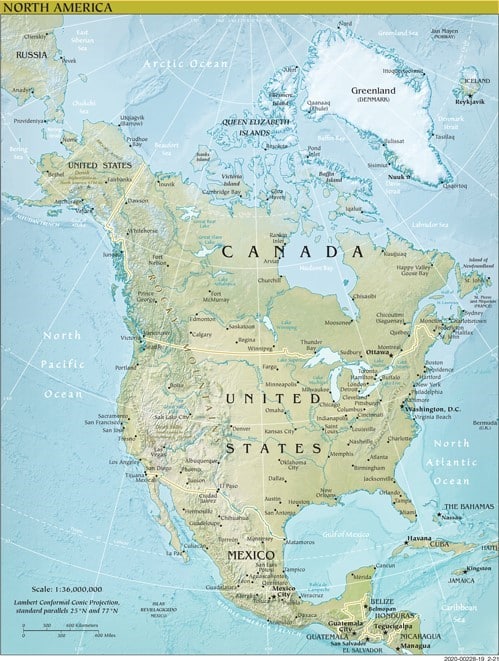
While best known for its sliced sandwich breads with way too many chemicals in them that preserve them for a long time (we are not the only place to do this), there are many other breads in North America that can charm even the biggest bread connoisseur.
Cornbread is the lowest hanging fruit when we talk about truly American bread. Corn was not found outside of North and South America and in the United States we have taken corn bread to new heights, with corn pone, Johnny Cakes, and so many other varieties of Corn Bread. For more about Corn Bread, check out my article here.
Tortillas are a flatbread common to much of Latin America, both North and South. Traditionally made from corn, since wheat was introduced to the Americas with the Columbian Exchange, they are now found in wheat forms in many recipes. If you’re on a gluten and corn free diet, I’ve seen them made with cauliflower flour as well. Mom’s Dish as a recipe here.
Bannock is quick bread common to Canada. Cooked in a pan, these rolls are super easy to make. They used to be cooked over an open fire while on the trail, during the days of explorers roaming the ranges. All Recipes has a recipe here.
Pan Cubano or Cuban bread is a white bread similar to French or Italian white bread. I’m not sure this recipe is really Cuban, but it is often used for a Cuban Sandwich. This sandwich uses this white bread and a pork mixture with lots of seasoning in it like cumin, garlic, and paprika. King Arthur has a recipe for the rolls as well as the filling for the sandwich.
Bread from Oceania
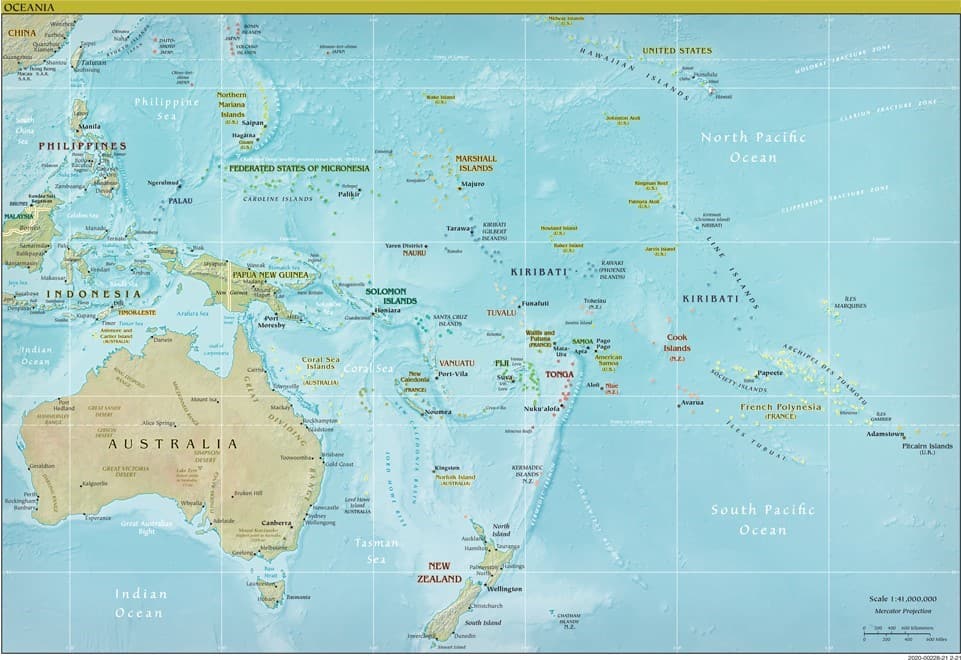
Oceania consists of a bunch of islands in the Pacific Ocean. From Hawaii to Melanesia. From Guam to French Polynesia. While some include Australia and New Zealand in this grouping, I have included them above in the Australia heading. Hawaiian Sweet Breads, Coconut Bread of Tahiti, and the Chamorro Flour Titiyas are just a few of the breads of this diverse group of communities. Keep in mind that as islands, they often do not have the space to grow grains, so breads, while present, are not as big a part of many of their cultures.
You may be familiar with the popular King’s Hawaiian Rolls. These rolls are a version of the popular Hawaiian Sweet Breads of Hawaii. Guam has a version of these as well, as do other islands. Some of them seem to include potatoes, which are sometimes easier to grow than wheat on the islands, so would limit the need to import as much grain. Taste of Home has a version of this bread.
If you go to Tahiti, you will likely stop at the Polynesian Cultural Center where you are likely to see a demonstration of Tahitian Coconut Bread. These breads are a mixture of flour and coconut that are rolled into logs and baked. The Polynesian Cultural Center has the recipe listed here.
Chamorro is a member of the cultural group of the people indigenous to Mariana Islands and Guam. They have a bread called titayas that is a flat bread made with coconut milk and Crisco. Cooking with Libby whos family is from Guam, shares childhood memories and a recipe here.
Bread from South America

South America includes just 12 countries, plus French Guiana, an overseas territory of France, and Falkland Islands, a British Overseas Territory. The Islands of Trinidad and Tobago are sometimes placed in South America, and sometimes in the Caribbean, and therefore part of North America. Nine of these countries have Spanish as one of their official languages. Brazil uses Portuguese, Suriname Dutch, French Guiana, as it’s name says, uses French, and Guyana, Falkland Islands, and Trinidad and Tobago speak English.
These countries have a mix of post colonial and native foods. The cheesy Pão de Queijo of Brazil, Marraqueta of Chile, Pan Aliñado or Columbia and the Cassava Bread of Suriname are just a few.
Pão de queijo is a cheese roll made from tapioca flour. The common bread of Brazil is a great snack and can be made with a variety of cheeses. In Brazil, it is normally made with queijo de Minas or similar. Monterey Jack is a good substitute that is easy to find in the US. Here is a recipe from Hilah Cooking.
Marraqueta or Chilean French Bread, is a common bread of Chile. It is basically the local version of the French baguette, but with a different shape, texture, and shape. Well, really it is totally different than French baguette, but they call it this because it is culturally significant to Chile, like baguette is culturally significant to France. You can find a recipe for these sweetened rolls at Chilean Food and Garden, here.
Pan Aliñado is a seasoned white bread that is popular in Colombia. This bread can be found in pretty much every Columbian bakery. It is made with powdered milk, queso fresco, and a little sugar. Here is a recipe from My Colombia Recipes.
Cassava is a root vegetable. Growing like a tuber, it is similar to potatoes or yams. Ground up, it can make a flour, and this flour is made into Cassava Bread which is common among the people of Suriname, it is made from cassava flour, and includes garlic powder and Italian herbs. You can also cut the cassava flour in half using almond flour. It is then topped with a strong seasoning. Sweet as Honey has a recipe for this here.
